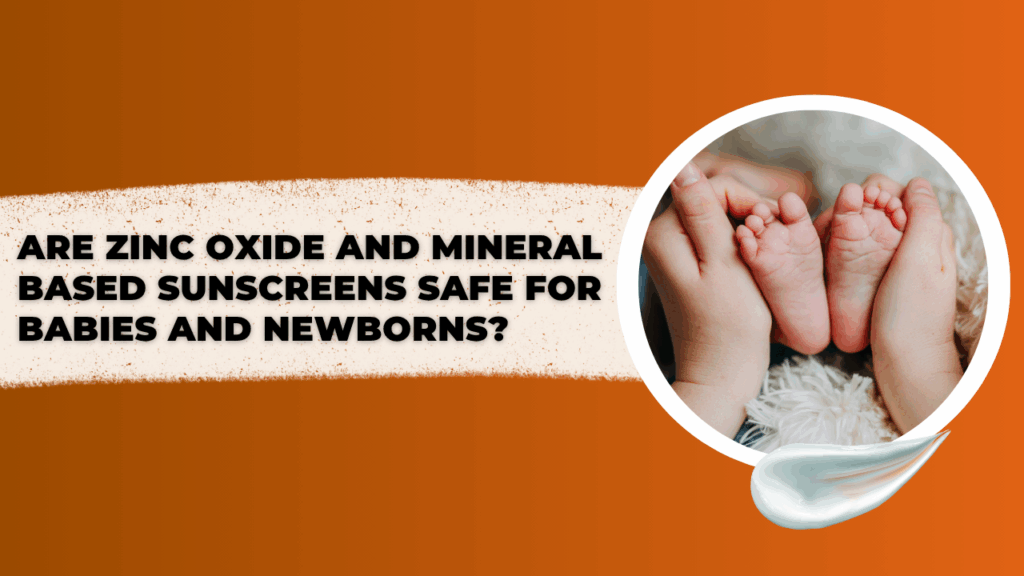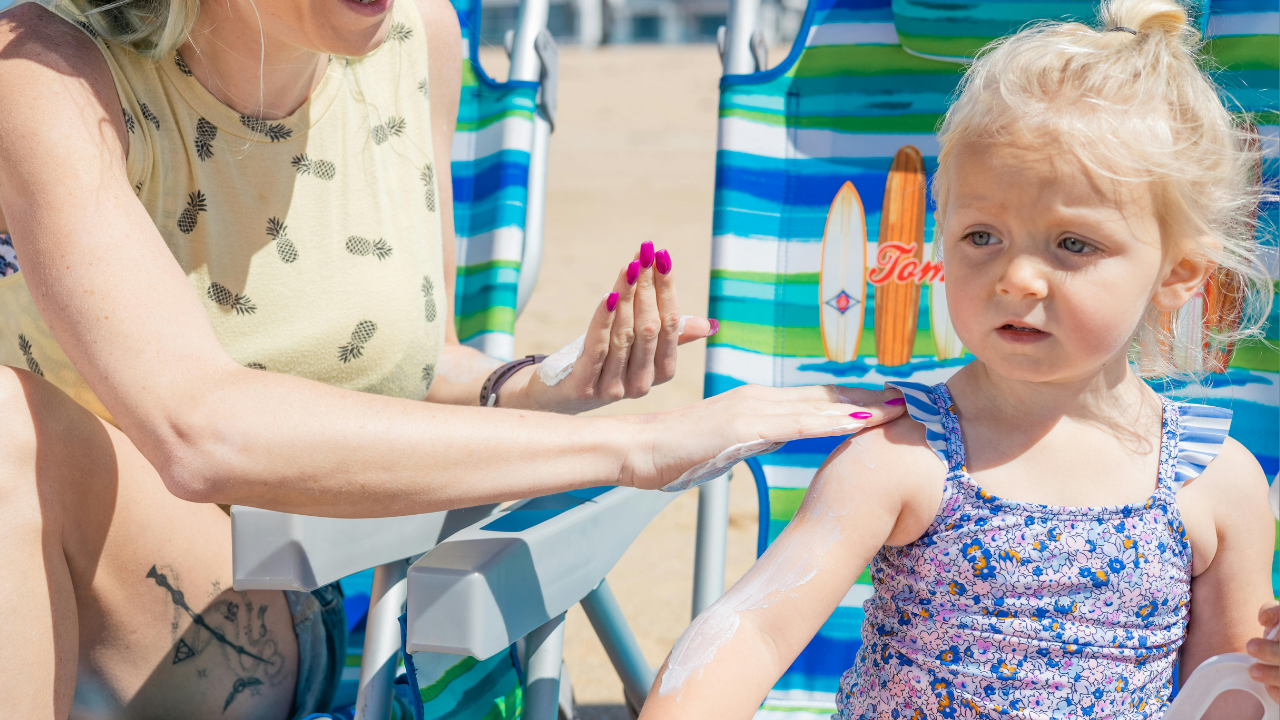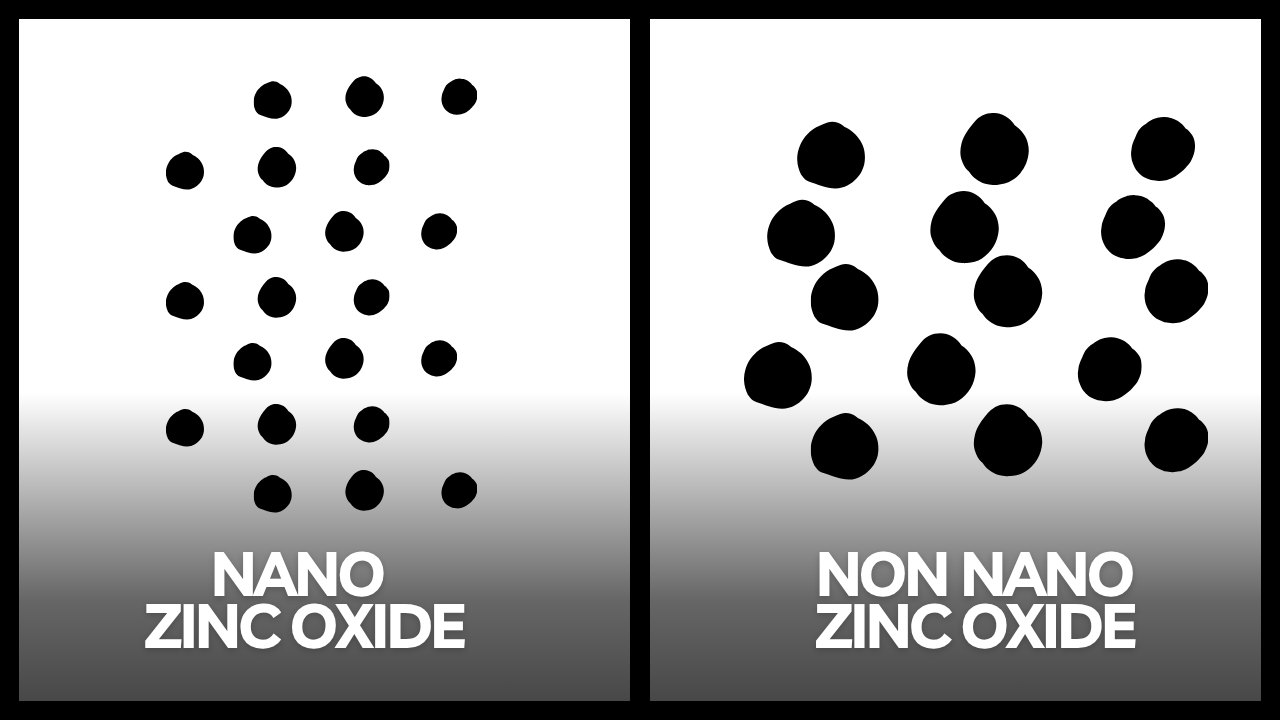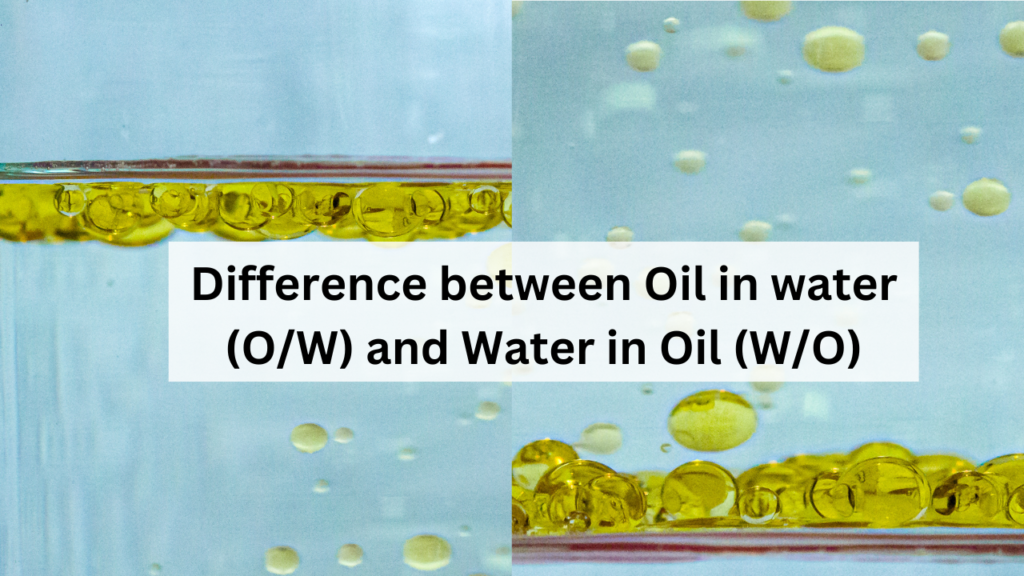
Are Zinc Oxide and Mineral-Based Sunscreens Safe for Babies and Newborns?
One of the first health concerns for parents is keeping their baby’s sensitive skin safe from the sun, especially in warm places or when they are outside. Infants’ skin is thinner and more sensitive than adults’, which makes them more likely to get UV damage, irritation, and dehydration. As people have learned more about the chemicals in chemical sunscreens, many caregivers now prefer mineral-based sunscreens, especially those that contain zinc oxide (ZnO) or titanium dioxide (TiO₂). But are these mineral sunscreens really safe for babies and young children?

To answer this question, you need to know how these ingredients work, how they are different from chemical filters, and what scientific studies and pediatric guidelines say about using them.
How Mineral Sunscreens Work
Mineral sunscreens work by blocking the sun’s rays. When you put zinc oxide or titanium dioxide on your skin, the particles make a thin layer that reflects and scatters UV radiation. UVA radiation goes deep into the skin and causes aging, while UVB radiation burns the skin. Chemical sunscreens like oxybenzone and avobenzone absorb UV light and turn it into heat. Zinc oxide, on the other hand, works right away and stays stable in the sun.
This difference is significant for babies. Chemical absorbers can sometimes get through the skin and cause irritation or allergic reactions, especially in babies with weak skin barriers. On the other hand, mineral sunscreens usually stay on the surface, creating a gentle, broad-spectrum barrier that is less likely to irritate.
Why Babies’ Skin Needs Extra Protection
The skin of a newborn is only about half as thick as an adult’s. The stratum corneum, which is the outermost layer of protection, is not fully formed yet, and the ratio of surface area to body weight is higher. This means that babies absorb substances applied to their skin more easily and lose water more quickly. Their natural melanin, which protects them from UV damage, is also very low in the first few months of life.

This is why even a short amount of time in the sun can cause erythema (redness) or, in sporadic cases, burns. The American Academy of Pediatrics (AAP) says that babies under six months old should not be in direct sunlight. But if you can’t avoid it, it’s okay to put a little mineral-based sunscreen on exposed areas, like the face or the backs of the hands.
Safety Profile of Zinc Oxide
For more than a hundred years, dermatologists have used zinc oxide. This was long before the idea of nanotechnology came about. It can be found in lotions that help with diaper rash, aid wound healing, and reduce inflammation. Zinc oxide is a Category I skin protectant, meaning the U.S. Food and Drug Administration (FDA) considers it “generally recognized as safe and effective.
Several studies have shown that zinc oxide particles in sunscreens, whether nano or not, do not penetrate healthy skin to any significant extent. The particles stay on the stratum corneum and are slowly washed away or naturally exfoliated. Even with repeated use or extensive UV exposure, systemic absorption remains very low.

This conclusion is supported by toxicological tests conducted by the European Commission and Australia’s Therapeutic Goods Administration (TGA). They say that nano-sized zinc oxide doesn’t penetrate the living layers of the skin or accumulate in internal organs. Because of this, zinc oxide is considered safe, non-irritating, and non-sensitizing, even for babies.
Nano vs. Non-Nano Zinc Oxide
Parents are concerned about the differences between nano- and non-nano zinc oxide. Nanoparticles, which are less than 100 nanometers in size, are often used to make sunscreens more transparent, which means they don’t leave a white cast like mineral creams do. Some people are worried that these tiny particles could penetrate the skin or generate reactive oxygen species when exposed to UV light.

However, studies consistently indicate that both nano and non-nano forms predominantly reside on the skin’s surface. When coated with materials such as silica or alumina, nano-ZnO doesn’t release harmful zinc ions or induce oxidative stress. The cosmetic benefit of improved spreadability is achieved without compromising safety.
Most pediatric dermatologists recommend non-nano zinc oxide for babies whenever possible. This is not because nano forms are unsafe, but because non-nano particles are bigger and less likely to interact with the skin. When made correctly, both types are much safer than chemical alternatives regarding irritation and systemic absorption.
Comparing Zinc Oxide to Chemical Sunscreens
Chemical sunscreens use active ingredients like oxybenzone, octinoxate, or homosalate to absorb UV light. Some of these chemicals can penetrate the skin, enter the bloodstream, and remain there for days. The FDA’s 2021 safety review found measurable levels of these chemicals in blood samples, but it did not prove they caused harm.
For babies, the worry isn’t just about systemic exposure; it’s also about the higher risk of contact dermatitis or photoreactive irritation. Infants’ skin enzymes and lipid structures are still developing, making them less able to process or eliminate chemicals absorbed through the skin.
Zinc oxide and other mineral sunscreens, on the other hand, are very biocompatible. They are not reactive, do not cause acne, and have been safely used in children’s care for many years. In comparative patch tests, zinc oxide formulations elicited the fewest adverse reactions among all sunscreen categories.

The Role of Formulation
The safety of a product depends on more than just the active ingredient. It also depends on the whole formula. Baby sunscreens should be free of fragrances, parabens, and preservatives, since these chemicals can cause stinging or allergic reactions.
Zinc oxide dispersions for babies usually contain soothing emollients such as glycerin, shea butter, or dimethicone. These help keep your skin moist and reduce irritation. The base formulation also affects how well the sunscreen spreads. If the paste is too thick, it might trap heat or clog pores. If it is too light, it might not protect against UV rays as well.
So, when choosing a mineral sunscreen, parents should look for products that have been dermatologist-tested and labeled for babies or people with sensitive skin.
Real-World Use and Guidelines
For babies under six months old, direct sunlight should be avoided at all costs. Shade, hats, and light clothing are the best ways to protect them. When older babies and toddlers play outside, mineral-based sunscreen becomes a must-have.
Some things that pediatricians recommend are:
- Put on a mineral sunscreen with SPF 30 or higher that works for a wide range of skin types 15–20 minutes before going outside.
- Put it on again every two hours, or sooner if the baby sweats or gets wet.
- Don’t put sunscreen on broken skin or near your eyes.
- Before using it for the first time, test a small patch on the inside of your forearm to see if you are sensitive to it.
Zinc oxide works exceptionally well in water-resistant formulas that protect against UV rays even when swimming. Because it is photostable, this product remains effective longer than most chemical sunscreens, which can break down in sunlight.
Environmental and Ethical Aspects
Mineral sunscreens offer environmental benefits in addition to being safe for babies. Aquatic toxicity and coral bleaching have been linked to UV filters such as oxybenzone. Zinc oxide, on the other hand, poses little threat to marine environments, particularly when coated and non-nano. Parents who favour sustainable, “reef-safe” products will find this eco-friendly profile appealing.
Table 1: Comparison of mineral-based (zinc oxide) sunscreens and chemical sunscreens in terms of safety, effectiveness, and suitability for infant use.
| Aspect | Zinc Oxide / Mineral Sunscreens | Chemical Sunscreens |
| Mechanism | Reflect and scatter UVA/UVB rays | Absorb UV rays and convert to heat |
| Suitability for Babies | Very suitable – low irritation, low absorption | Higher risk of irritation and absorption |
| Skin Penetration | Minimal, mostly stays on the surface | Some chemical filters can enter the bloodstream |
| Photostability | Highly photostable, long-lasting | Less stable under sunlight |
| Irritation Risk | Very low; suitable for sensitive or broken skin | Higher, linked to allergic and photoreactive responses |
| Environmental Impact | Low impact when coated and non-nano | Can contribute to coral bleaching (e.g., oxybenzone) |
| Recommendation by Pediatricians | Strongly recommended, especially non-nano versions | Generally not recommended for infants under 6 months |
Key Research Findings
Numerous studies show the safety and effectiveness of zinc oxide:
- Despite repeated exposure to nano-ZnO, a 2019 toxicology in vitro investigation revealed no cellular damage in human keratinocytes
- A review published in 2020 in Photodermatology, Photoimmunology, and Photomedicine verified that coated ZnO nanoparticles had very little skin penetration.
- Data from paediatric patch tests show that adverse effects are less than 1% and are usually moderate and temporary.
- Zinc oxide has outstanding photostability and broad-spectrum coverage comparable to chemical sunscreens with high SPF, according to comparative UV-blocking studies.
All of these results support the idea that, when appropriately applied, zinc oxide sunscreens are safe and beneficial for babies
Conclusion
The safest and most dermatologist-recommended sunscreens for infants and newborns are those containing zinc oxide and other mineral-based ingredients. They are perfect for sensitive, developing skin because of their lengthy history in paediatric skincare, low absorption, and superior UV-blocking ability. Although there are theoretical concerns about nanoformulations, there is now no indication of any significant harm when used commonly.
Parents should still take general measures: keep newborns out of direct sunlight, dress them in protective gear, and use mineral sunscreen sparingly. Zinc oxide-based formulas offer moderate, reliable protection when paired with appropriate sun behaviours, allowing babies to enjoy sunlight without endangering their skin’s health.

